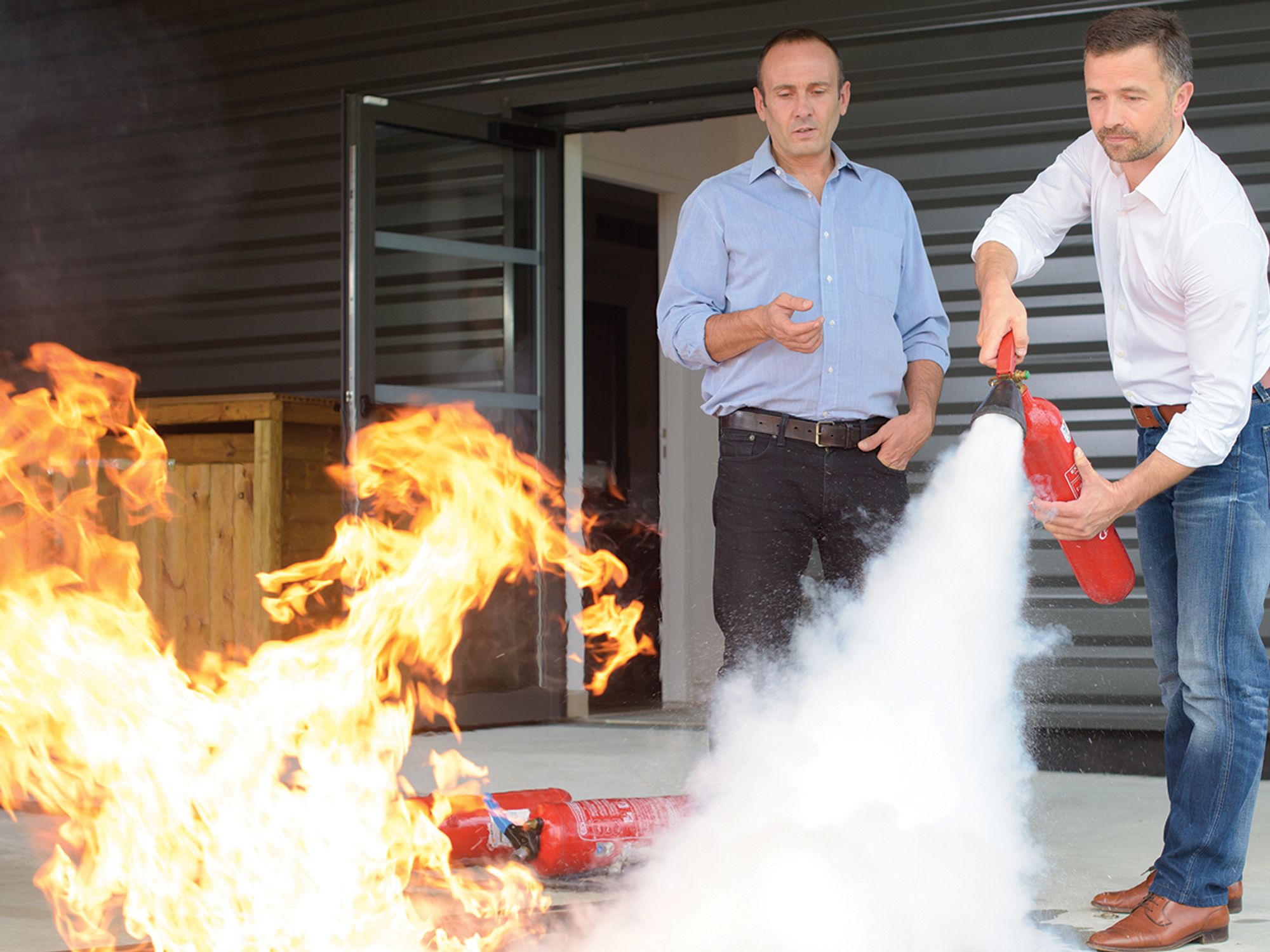InstituteSafety & HealthEmergency PreparednessEmergency Planning (OSHA)General Industry SafetyFocus AreaEnglishAnalysisIn Depth Sub Topics (Level 4)USA
Training activities

- Types of training can range from orientation and education sessions to functional drills and full-scale simulations of emergency situations.
Training can take many forms:
- Orientation and education sessions. These are regularly scheduled discussion sessions to provide information, answer questions, and identify needs and concerns.
- Tabletop exercise. Members of the emergency management group meet in a conference room setting to discuss their responsibilities and how they would react to emergency scenarios. This is a cost-effective and efficient way to identify areas of overlap and confusion before conducting more demanding training activities.
- Walk-through drill. The emergency management group and response teams actually perform their emergency response functions. This activity generally involves more people and is more thorough than a tabletop exercise.
- Functional drills. These drills test specific functions such as medical response, emergency notifications, warning and communications procedures, and equipment though not necessarily at the same time. Employees are asked to evaluate the systems and identify problem areas.
- Evacuation drill. Employees walk the evacuation route to a designated area where procedures for accounting for all employees are tested. Participants are asked to make notes as they go along of what might become a hazard during an emergency, e.g., stairways cluttered with debris, fake smoke in the hallways. Plans are modified accordingly.
- Full-scale exercise. A real-life emergency situation is simulated as closely as possible. This exercise involves company emergency response personnel, employees, management, and community response organizations.
